Books, work, a puppy and cooking have seen me through these strange months. The first two have always been a constant while the latter two have recently enriched my life immensely. I have baked brownies for the first time, learnt how to make sourdough, cook dal the way my mother makes it, read every page of the new Ottolenghi cookbook, mastered chicken krapow and enjoyed exchanging recipes with friends who have also found themselves a lot more in the kitchen than before. I fall in the category of cooks who have to follow recipes to the T; I cannot improvise. This is why cookbooks have been my saviour through the lockdown.
Home cooking has emerged as a winner in this pandemic because people have time on their hands and the need for social distancing and hygiene has unfortunately meant that ordering in or dining out is just not an attractive option at the moment. There is an increased interest in local — be it food, health and wellness or textile. The recent push for local resonates well with us Indians as we had already rediscovered regional cuisine in the past few years — be it the stream of regional cookbooks published, the mushrooming of restaurants focused solely on authentic cuisines from different parts of India and, of course, the number of cooking clubs encouraged by social media groups and clubs that provide for easy recipe exchanges. Here is a list of cookbooks that are indispensable to my kitchen.
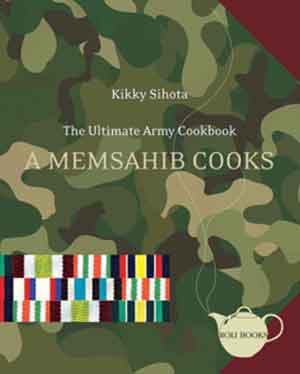
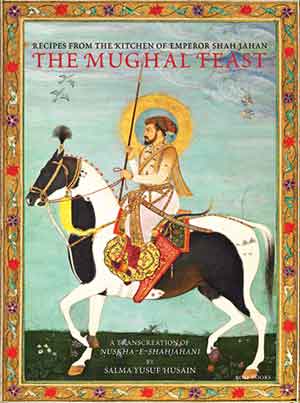
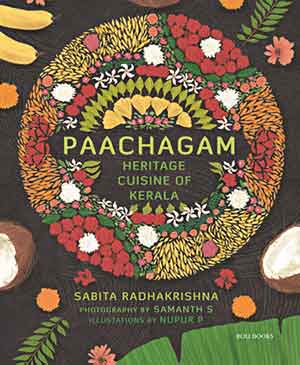
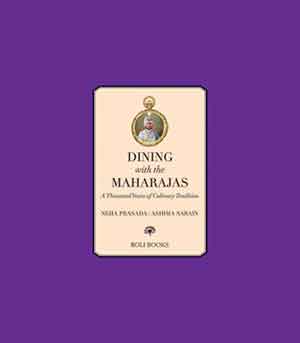
Kikky Sihota grew up in the Army and later married a dashing officer in the Indian Army. She embodies the best of our armed forces. She is also charming, elegant and great company. During her time as an Army wife, Kikky ran cooking classes for other wives and was an expert at whipping up extraordinary meals at unearthly hours when young officers came knocking at her door. She converted her treasure of recipes, carefully collected from different parts of the country as her family moved from one posting to another, into a book called A Memsahib Cooks. Each recipe is accompanied by a story, memory or tip from Kikky. The book is filled with nostalgia with photographs of bara khana, paagal gymkhanas and chhota hazris. My favourite recipe: Flagstaff House Chicken.
Rocky Mohan is synonymous with good food and the good life. Being the scion of the Old Monk family, he knows how to entertain and keeps an excellent table. His knowledge and passion for food is infectious and inevitably led to the production of the bestselling book Art of Indian Cuisine. The book continues to fly off the shelves two decades later and has been published in various sizes and formats. The recipes are reliable, rich, unusual, each with Mohan’s unique touches. Next time you want to cook to impress your guests make sure you take time to try the bawali handi or raan from this book.
In stark contrast, Vidhu Mittal’s trio of cookbooks (Pure and Simple; Pure and Special; Pure and Healthy) focus on quintessential Indian vegetarian recipes that are a staple in homes across the country. Mittal is a perfectionist and her prized cookbooks are an embodiment of her thoroughness. Each recipe is accompanied with step-by-step instructions, appendices on cooking methods, guidelines on how to wash, peel and chop various vegetables — making the book a valuable resource for both beginners and seasoned cooks.
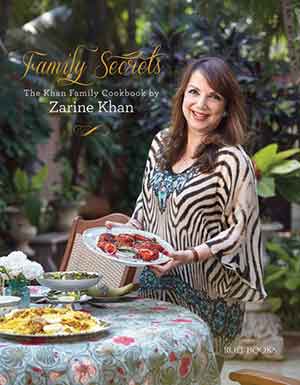
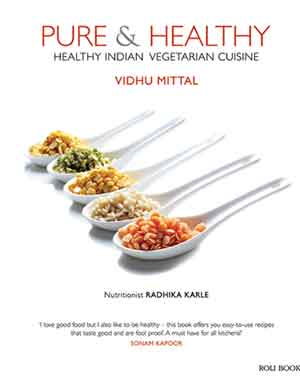


A professional acquaintance once gushed about the food served by Zarine Khan, her heaving table at Id and how the food was such a glorious blend of various cultures and cuisines that her family represents. He also extended an invitation for lunch from her the next time I was in Mumbai. The food as promised was delicious but so were the stories and food memories accompanying the dishes she lovingly served. Stories of her Parsi family, her in-law’s Afghan-Pathan-Iranian ancestry coupled with the hints of local flavours of Maharasthra and Karnataka, where the family settled through the years, really made her collection of recipes enviable. Her supportive (and very photogenic!) family were enthusiastic about her book and took time to shoot over many plates of biryani, kebabs, saalan and paatrani macchhi.
Food was integral to the lavish lifestyles led by royal families of the subcontinent. They exchanged recipes, cooks and even had outlandish cooking competitions with each other. The kitchens of these families continue to be repositories of some of the oldest culinary traditions, rituals and recipes. Over the last decade, we were able to cajole the families known for their rich culinary histories to share their treasures with us in Dining with the Maharajas by Neha Prasada and Ashima Narain and Dining with the Nawabs by Meera Ali and Karam Puri. From Patiala (where 60 kilos of ghee is still consumed monthly by a family of four!) to Hyderabad and from Bahawalpur in Pakistan to Jammu and Kashmir, each family was generous to open their homes that still have delicate porcelain, beautiful silver and old-world charm. Dining with Maharajas and Dining with the Nawabs are an ode to a way of life that is fast disappearing.
This brings us to two cookbooks that have been blockbuster successes in the past 18 months: The Mughal Feast: Recipes from the Kitchen of Emperor Shahjahan by Salma Hussain and Tiffin: 500 Authentic Recipes Celebrating India’s Regional Cuisine by Sonal Ved. Tiffin has since been published in several international languages, finding mentions in the NYT, Saveur magazine and more. The Mughal Feast has won awards both in India and abroad and is already in its third edition. What does this tell us? That not only do Indians like to eat well, we are also food enthusiasts who have a curiosity of how food is made, about the history of our food, why we eat certain dishes at certain festivals and where our cooking methods and use of ingredients trace their origins to.
There may have been fewer books published this year as planned, for obvious reasons, but as a result, 2021 is considerably looking up as there are two cookbooks I am most excited about — Paachagam: Heritage Cuisine of Kerala where the author Sabita Radhakrishnan (author of Annapurni: Heritage Cuisine from Tamil Nadu) returns with her careful documentation of the state’s many communities and their distinct cuisine. The Patiala royal family has a photocopied, spiral-bound collection of family recipes that have been painstakingly compiled by Raja Randhir Singh and shared with family members only. For the first time, he has allowed outsider access to publish 100 of the best recipes from this collection.
I hope this has got you sufficiently hungry and wanting to cook from these delightful cookbooks. There’s something reassuring and comforting in cooking for your loved ones — who doesn’t need some of that right now?
The author is the editorial director at Roli Books










